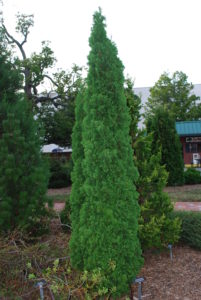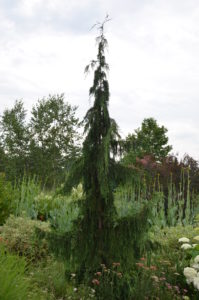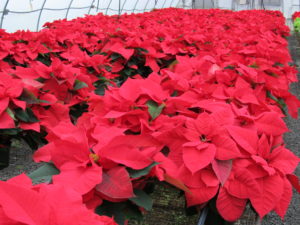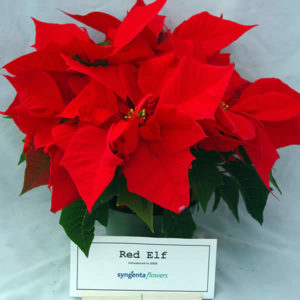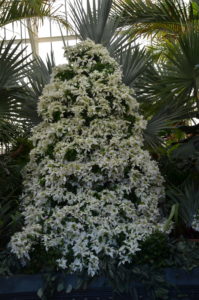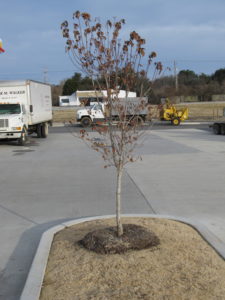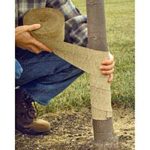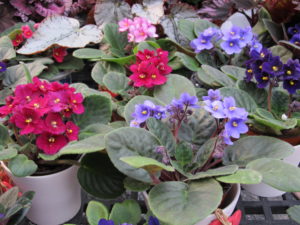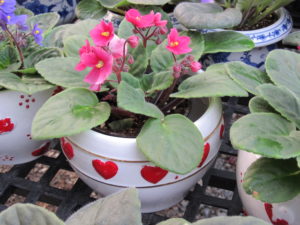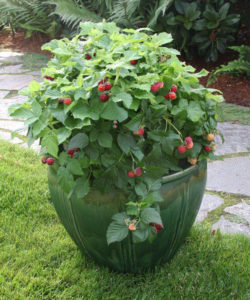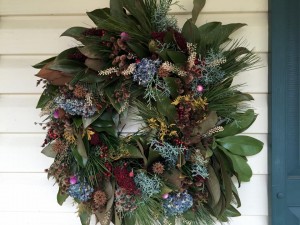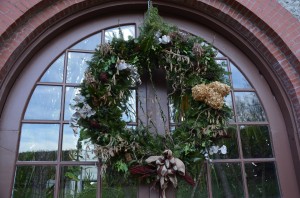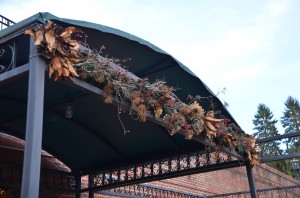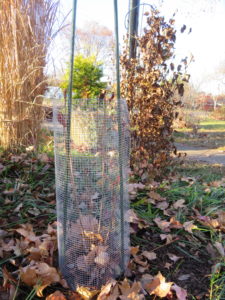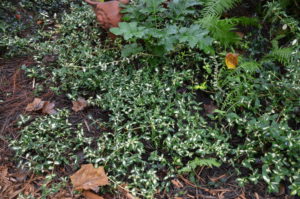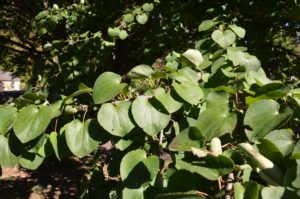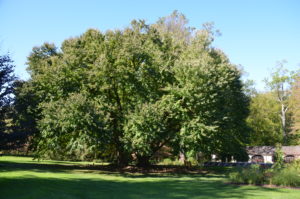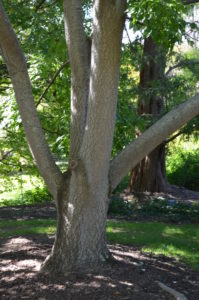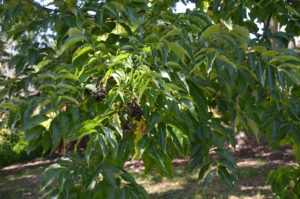The following five evergreen shrubs are smaller versions of the larger growing species. They make a better fit in smaller urban gardens.
Gyokuryu Japanese cedar (Cryptomeria japonica ‘Gyokuryu’) is a fast-growing, broadly conical selection with coarse bluish-green evergreen foliage. The needles are highly ornamental and remain bluish-green through most of the winter in zone 6 and points south. Neither the flowers nor the fruit are of little significance. The peeling reddish bark is an added plus. After 10 years of growth, a mature specimen will measure 12 feet (4 m) tall and 8 feet (2.5 m) wide, an annual growth rate of 12 to 15 inches
De Groot Spire arborvitae (Thuja occidentalis ‘DeGroot Spire’) – is the smaller version of Emerald arborvitae™. It is a dwarf, slow-growing cultivar with an upright, pyramidal habit and twisted, scale-like, medium green foliage. De Groot Spire can reach 15-20 feet tall and 4-5 feet wide in 15-20 years.
Dawn redwood (Metasequoia glyptostroboides) -two selections:
- ‘Northlight’ (‘Schirrmann’s Nordlicht’) is a dwarf shrub form of dawn redwood. It forms a rounded crown of closely spaced stems. Foliage is variegated with irregular cream-white markings.
- ‘Little Giant’ | Little Giant Dwarf Dawn Redwood- small erect tree to 15 feet, a mini of its lovely parent, with light chocolate brown bark and feather-light deciduous needles, can grow up to 10 inches annually.
Alaskan cedar (Chamaecyparus nootkatensis) – two cultivars to choose:
- ‘Van den Akker´is a Northwest native that is an extremely narrow upright. It may reach over 20 feet tall while remaining only about 1 – 1/2 feet wide. It has strongly pendulous (weeping) branches are covered with scale-like blue green foliage.
- ‘Green Arrow’ exhibits an extremely narrow growth habit. Lateral branches hang close to the trunk. This vertical evergreen is perfect for small gardens or tight spaces.
Bald cypress ‘Peevee Minuret’ (Taxodium distichum) is an exceptional dwarf selection of our large native bald cypress. Branching of this pyramidal tree form is upright like its larger kin. Feathery, dark green, deciduous foliage (needles) turn a rust color in fall before falling. Papery, chestnut-red bark is an added winter feature. Peevee Minuret grows 5-6 feet tall in 10 years.

